“80-20” issues have become a catchphrase recently. Most voters on those issues favor one policy by overwhelming margins and oppose the other. The “winning side” may poll anywhere between 60 and 90 percent, depending on the issue, but they are all conveniently grouped under the same label of “80-20.”
These lopsided issues have three striking features. First, there seem to be more and more of them, especially on contentious social issues and law enforcement. Second, the same constituency that supports the 20 percent side of one issue frequently supports the 20 percent side of other issues, even those that are substantively quite different. Once an issue is depicted as “progressive,” for example, it generates that support. The result is that a series of issues have overlapping support, forming a coalition. Third, although elected officials (and candidates for office) might be expected to shy away from supporting issues with only 20 percent support, today’s Democrats have actually backed most of them. Support has been most vocal from the party’s progressive (far-left) wing, but center-left Democrats have rarely opposed them, at least openly. In a party that has gradually moved leftward, even moderates are wary of being caught opposing progressives. The rare exceptions come in “purple” states and congressional districts (that is, districts where the general electorate could vote either Democrat or Republican).
The easiest way to see how these leftist support groups overlap on multiple issues is to ask yourself, “Do you think the people who oppose closing the Southern border also oppose Israel?” The answer is obvious. They do. Support for open borders strongly predicts opposition to Israel.
Once I know someone supports open borders and opposes Israel, it’s not hard to predict her position on transgender women in men’s sports or school choice. Although those issues are strikingly different substantively, a voter taking the 20 percent position on one of them is very likely to take the 20 percent position on the others. The result is an activist progressive coalition that encompasses all these issues and more.
The funding for this coalition sometimes overlaps as well. It certainly does if it comes from progressive foundations. It differs, however, if it comes from organizations that are primarily concerned with a single issue, such as teachers’ unions or immigrant aid organizations. Those organizations give most of their money to specific causes while offering ideological backing to like-minded progressive groups. The exceptions are groups that hope to play a larger political role, such as the Chicago Teachers Union and SEIU in California, whose statewide president, David Huerta, was arrested during the Los Angeles demonstrations.
Since support for these positions – open borders, opposition to deporting violent criminals, inclusion of transgender athletes in women’s sports and opposition to Israel – represent only small minorities of voters, the puzzling question is why elected Democrats (and candidates) consistently grab the short end of the stick? Why not support the “80” side of 80-20 issues?
The answer has three components. First, the 20 percent side typically cares a lot more about “their” issue than does the 80 percent side. Many on the 20 percent side are single-issue voters, and politicians who oppose them will lose their votes. They won’t necessarily win them back from the 80 percent side, if those voters care about a wider variety of issues.
Second, American politics is now characterized by the deepest ideological divisions in decades, perhaps in a century. Political opponents are now seen less as the “loyal opposition” and more as evil miscreants, much like apostates in the 16th century Catholic-Protestant Wars of Religion. The solution for apostates was to burn them at the stake. The solution today is to burn their car and physically assault any policemen who try to maintain order.
Third, Donald Trump has played an outsize role in locking in the 20 percent coalition and making it difficult for center-left Democrats to abandon it. Trump knows that Democrats and Progressives don’t just dislike him. They hate him and everything he stands for.
Trump uses this reflexive opposition to his advantage. He knows that Democrats lack a leader and an agenda, that its base is strongly progressive, that its last president is a rotting albatross around their necks, and that the party’s older, more pragmatic leaders are in sharp decline. Do any Democrats still listen to Bill Clinton, Chuck Schumer or Nancy Pelosi?
With that understanding, Trump has seized the moment and trapped the Democrats the same way a “Chinese finger puzzle” ensnares the fingers of anyone who tries to pull against it. The web tightens and the finger can’t escape.
The Chinese Finger Puzzle is a metaphor for Trump’s strategy against the Democrats. He paints the entire party as far left, take a strong, public stand against them and makes it much harder for Democratic leaders to oppose the party’s dominant progressive wing since, to do so, they would have to side publicly with Trump. That would be a death wish in today’s Democratic Party.
For a Democrat to oppose transgender men in women’s sports or the deportation of violent illegal aliens would be to side with Trump and alienate the party’s activist base, including its major donors. That would be political suicide in blue states. (Trump has used a similar tactic to assert control over the Republican Party. To oppose him on major issues risks is to be labeled “anti-Trump” in a party where primary voters strongly support him. Trump’s backing in party primaries is vital for almost every Republican and the key to his leverage on Capitol Hill.)
You can see Trump’s success with these 80-20 issues in the Los Angeles riots. His strong stance on preserving law and order and his willingness to use the National Guard has trapped Mayor Karen Bass and Governor Gavin Newsom. They were unable to quell the violence on their own and unable to rebut the LA Police Chief’s conclusion that his officers are “overwhelmed,” providing a rationale for calling in the Guard. Governor Newsom’s refusal to do so was a self-inflicted wound, which he then deepened by suing Trump for doing what he should have done without Washington’s help.
When Trump acted decisively in Los Angeles, he left Bass, Newsom and other California Democrats with only the lame excuse that the riots were caused by Trump, not the rioters themselves. It’s a losing message, both because it’s incredible to all but “true believers” and because most Americans understand the government has a fundamental duty to provide law and order.
Trump can overplay his hand here. It is a mistake to send active duty soldiers into Los Angeles, even if their role is limited to protecting federal buildings and assisting beleaguered law enforcement officers. The courts might well rule the use of active duty troop for this mission is unconstitutional.
Whatever the courts decide, using the military (as opposed to the National Guard) like this is a political mistake. It underscores the Democrats’ strongest argument against Trump’s entire presidency: he is unconstrained by the basic norms of our constitutional democracy. One of those norms is avoiding the use of active duty military on US soil.
The irony here is that Trump is working in tandem with the Democrats’ far-left wing. On issue after issue, the Democrats’ progressive base supports the 20 percent side and damns anyone who opposes them. Pres. Trump has capitalized on their position and opposed it so vocally that center-left Democrats fear they will be labeled as “Trump appeasers” if they don’t side with the progressives.
It’s a brilliant strategy. Far-left activists prompted the whole party to stick their digit in the Chinese Finger Puzzle. And now Trump has jerked it tight.



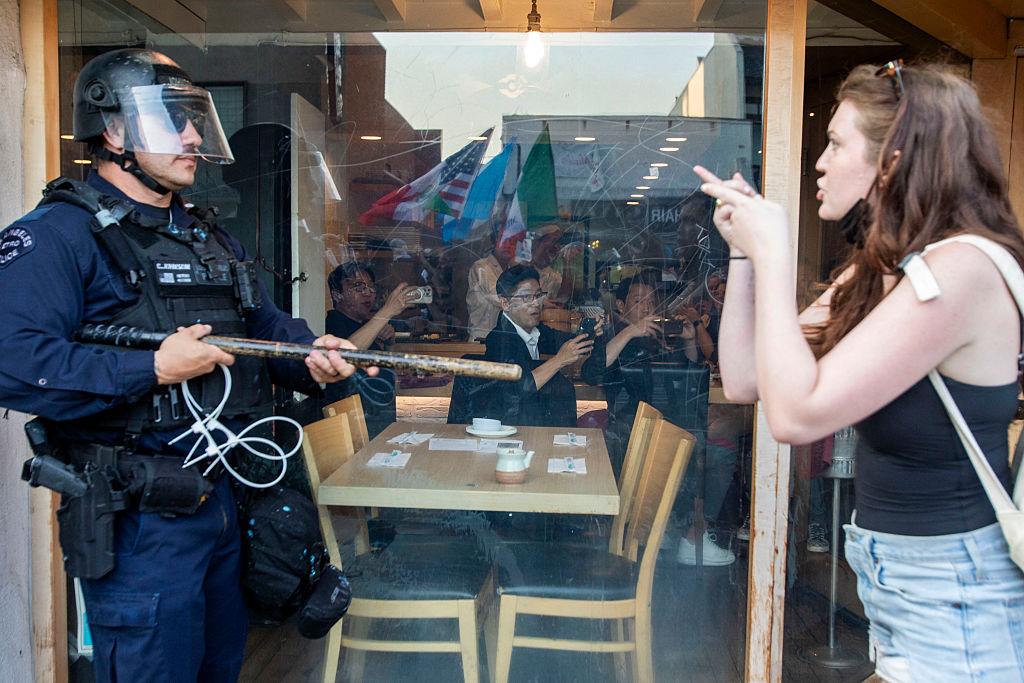






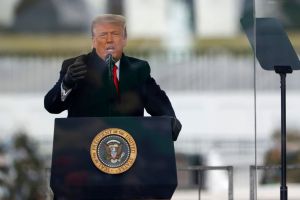



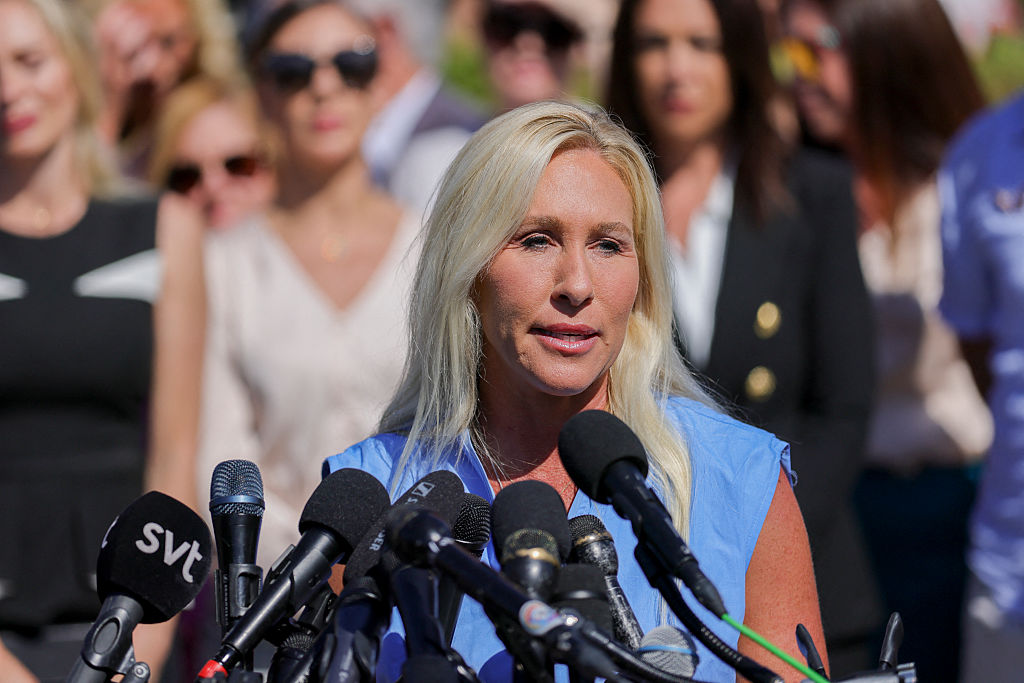


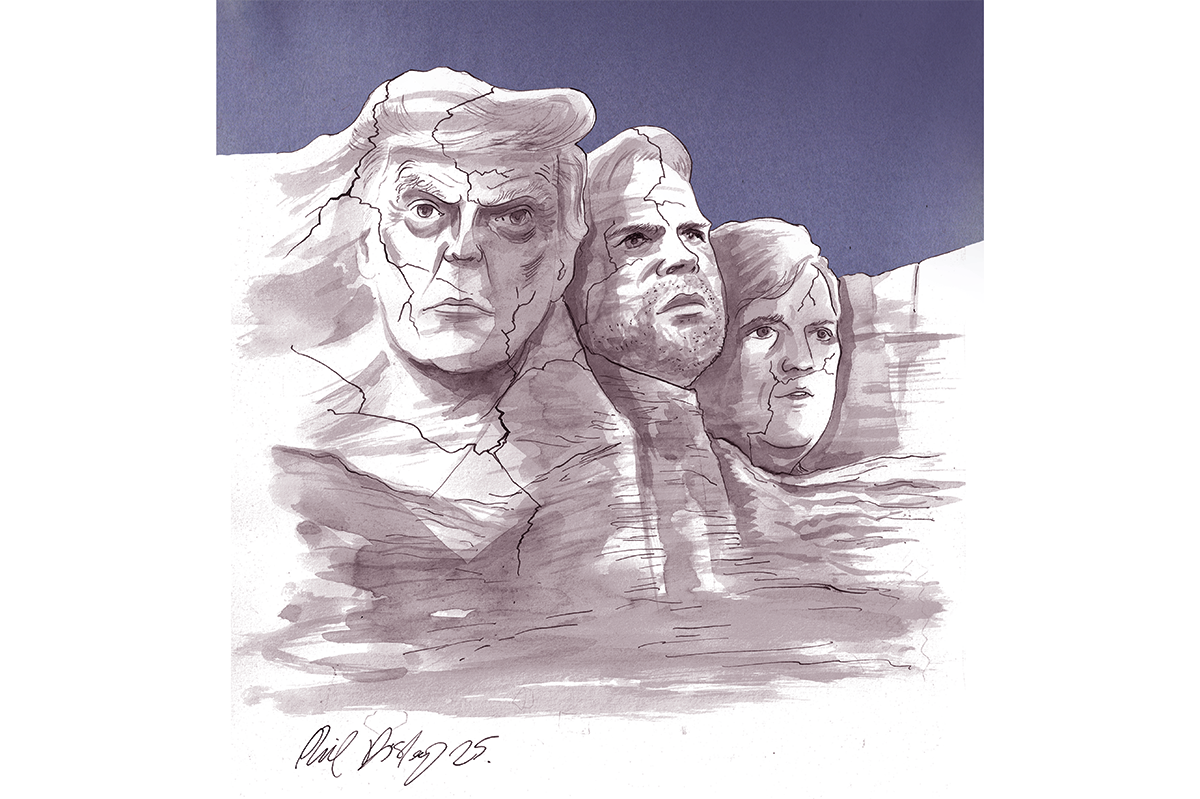
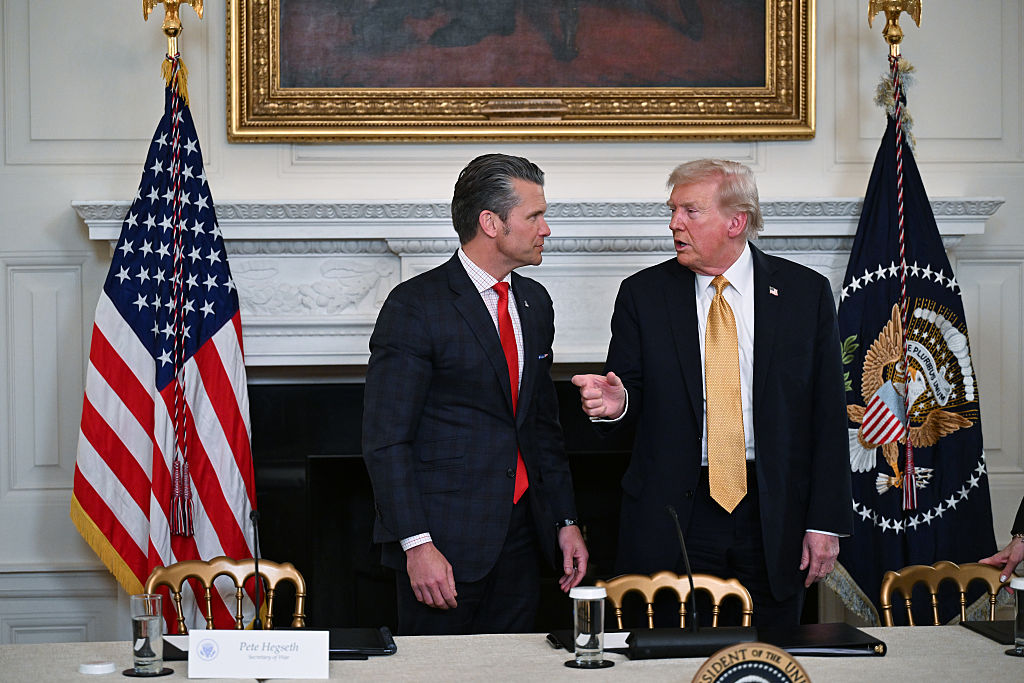





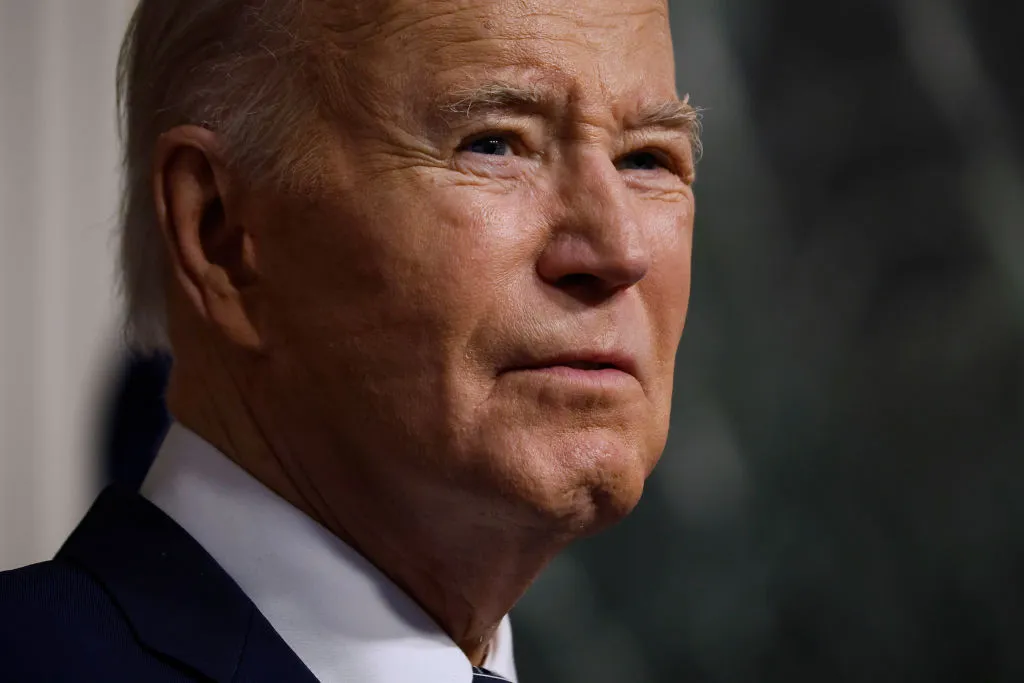

Leave a Reply